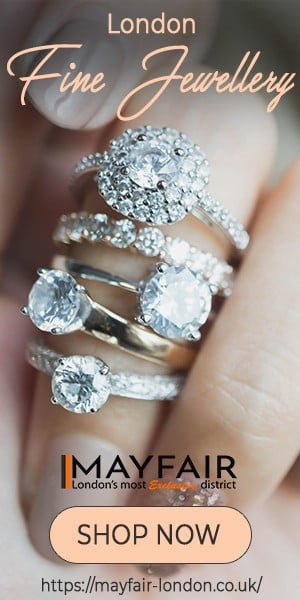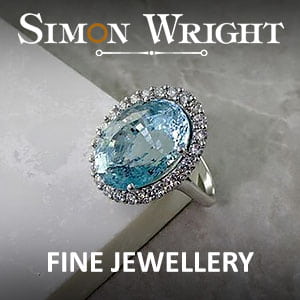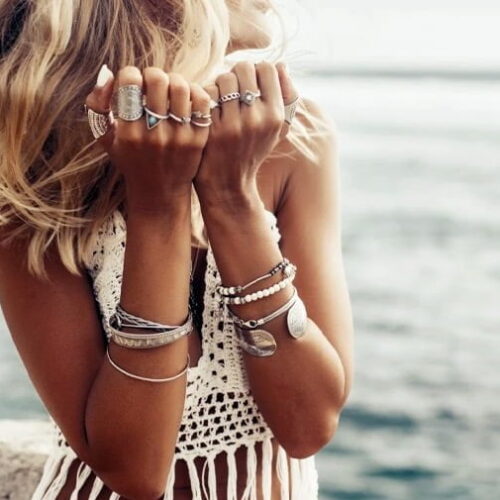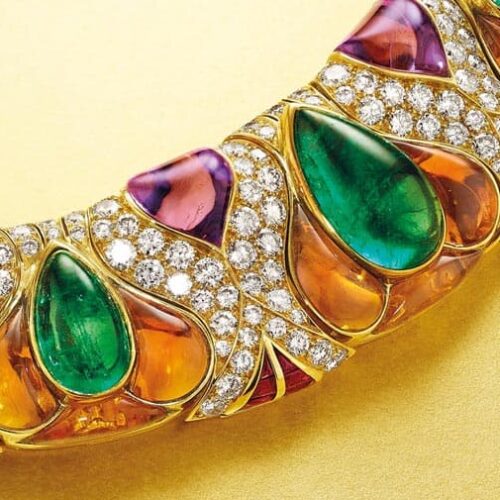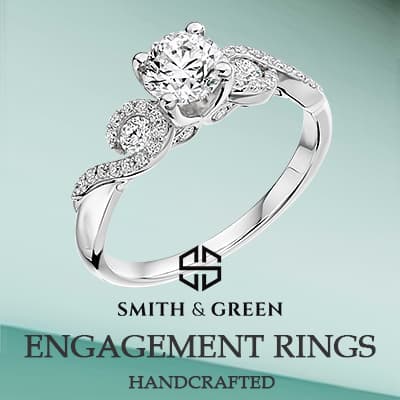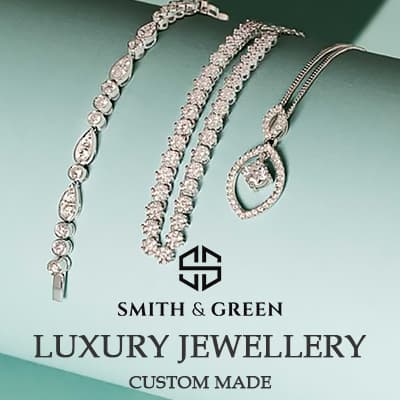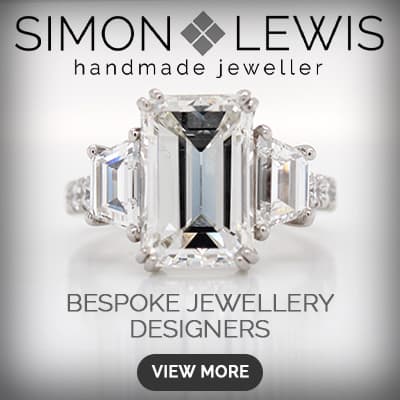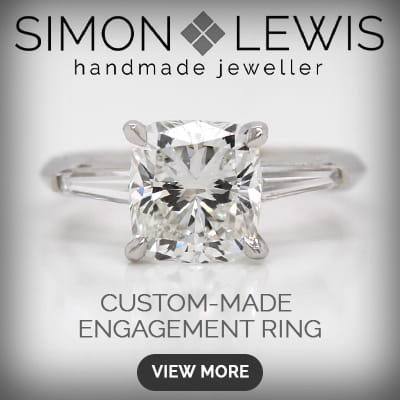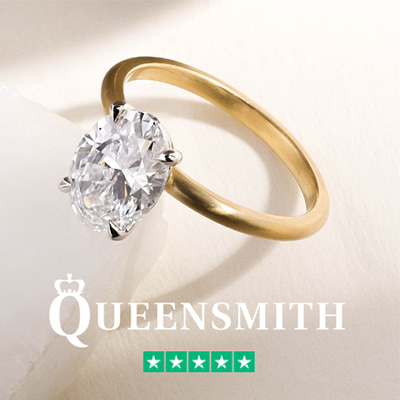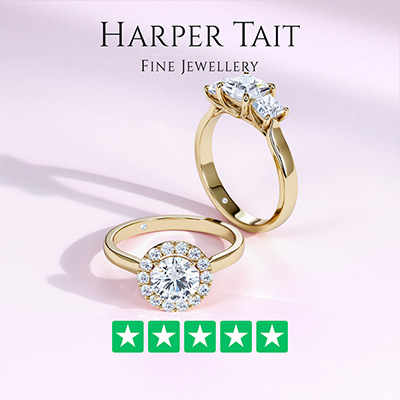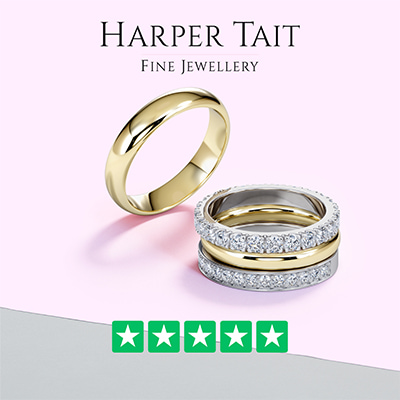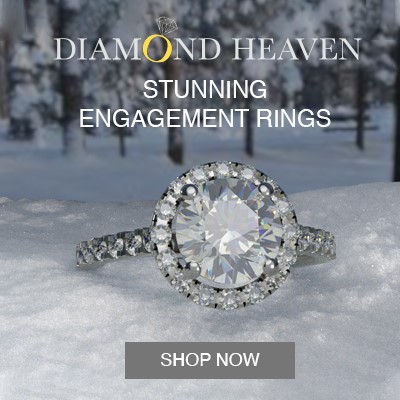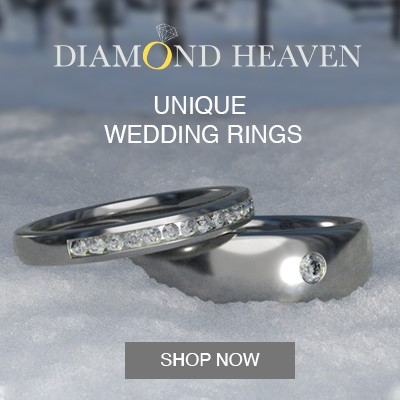Diamonds are the traditional choice for engagement and wedding rings. Timeless and classic, they’re the most popular kind of centre gem, as well as the most enduring and durable you can find.
Natural diamonds take millions of years to form and can be quite difficult to mine. However, there’s a newcomer that looks quite identical to natural diamonds – lab grown diamonds.
But don’t look down on those lab grown diamonds for sale. They may be replicas, but they’re every bit as sparkly, bright, and eye-catching as naturally mined diamonds. In this article, you’ll learn the basics of lab grown diamonds and some tips when shopping for the best wedding rings that feature lab grown diamonds.


Lab Grown Diamond: What Is It?
Also known as man-made diamond, a lab grown diamond is created in a controlled laboratory setting that mimics the natural high pressure and heat conditions deep within the Earth that form natural diamonds.
Despite the difference in how and where they’re made, lab grown diamonds are identical to natural diamonds in just about every way. Lab grown diamonds have the same physical, optical, and chemical qualities as natural diamonds. That said, lab grown diamonds offer more benefits than their natural counterpart.
For one, lab grown diamonds are ethically sound and conflict-free. With the growing awareness of human rights abuse and violence within diamond mines, most conscientious couples often choose lab grown engagement rings over natural ones. Plus, most lab grown diamonds are eco-friendly as many companies ensure that they’re carbon-neutral when making diamonds.
Since they’re man-made, lab grown diamonds can be found in larger sizes or of higher quality. Also, lab grown diamonds often have a cheaper price tag because they’re easier to create compared to the long process of mining natural diamonds.
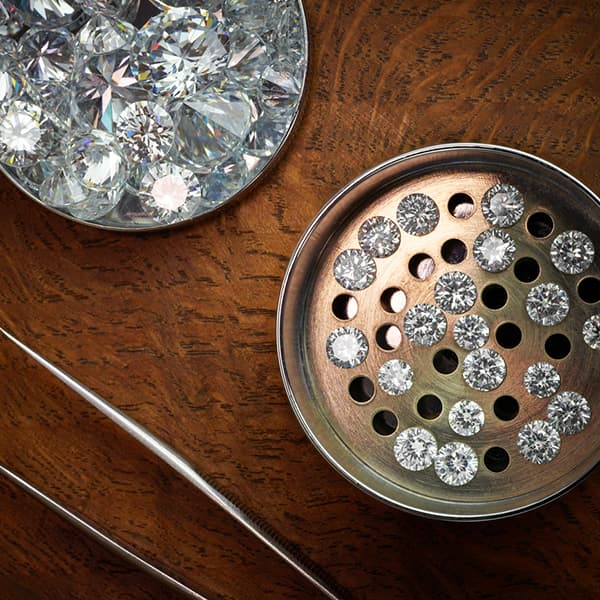

How To Choose Lab Grown Diamonds For Your Wedding Ring
- Look For A Reputable Jeweller
The first thing you need to do is to find a reliable jeweller who offers authentic lab grown diamonds. This is important since some companies mislead their customers by passing off diamond simulants or fake diamonds as lab grown diamonds.
You may ask for recommendations from friends and family. Chances are they’ve already purchased a piece of jewellery with lab grown diamonds for themselves or their loved ones. You may also ask a co-worker or a neighbour if they know a reputable jeweller. The more information you get, the more options you have.
Aside from your close circle, you may also look online. A simple search will give you a list of jewellery shops near you. Regardless of which jewellery shop you choose, make sure to check for client testimonials as well as the necessary certifications to ensure their legitimacy.
- Check The 4Cs
Similar to buying traditional diamond rings, you also need to consider the 4Cs when looking for the best lab grown diamond rings. These categories can help you evaluate the overall aesthetic value of the ring and make it easier to decide what to buy.
- Carat
This refers to the weight of the diamond. A single carat is equivalent to 0.5 grams. The higher the carat, the more expensive the lab grown diamond is.
- Clarity
This is the measurement of blemishes and inclusions in a diamond. The higher the clarity grade is, the fewer imperfections are present in the diamond, providing a more beautiful sparkle.
- Cut
Of all the categories, the cut has the biggest impact on a diamond’s aesthetic appeal and beauty. In determining the cut quality, the diamond grader evaluates the maker’s skill in cutting and fashioning the diamond. The more precise the cut is, the more captivating it is to the eye.
- Colour
Lab grown diamonds occur in various tints, ranging from colourless to light brown or light yellow. A colourless lab grown diamond is rare and commands a higher price. In addition, you’ll find coloured lab grown diamonds, also known as ‘fancy diamonds.’ These diamonds may occur in blue, pink, red, green, and even black colours. Their colour grading differs from white, colourless lab grown diamonds.
- Ask For Grading Report
Even if you find a reputable jeweller with stellar reviews online, don’t take their word for it and always ask for proof. In the case of lab-grown diamonds, you want to obtain a grading report. This is a certified document prepared by third-party labs or organizations that details the physical characteristics of the stone you’re buying.
Depending on your location, different organizations can offer grading reports for synthetic diamonds. However, the most notable ones are the International Gemological Institute (IGI), American Gem Society (AGS), European Gemological Laboratory (EGL), and Gemological Institute of America (GIA).
Takeaway
Natural diamonds will always be one of the most coveted stones. However, lab grown diamond is considered a modern choice for couples, offering the same sparkle and durability as natural diamonds but with a lower price tag. Nonetheless, lab diamonds require a significant investment, so it’s essential to research and consider the above aspects to ensure you’re getting the best lab grown diamond ring for your special day.



